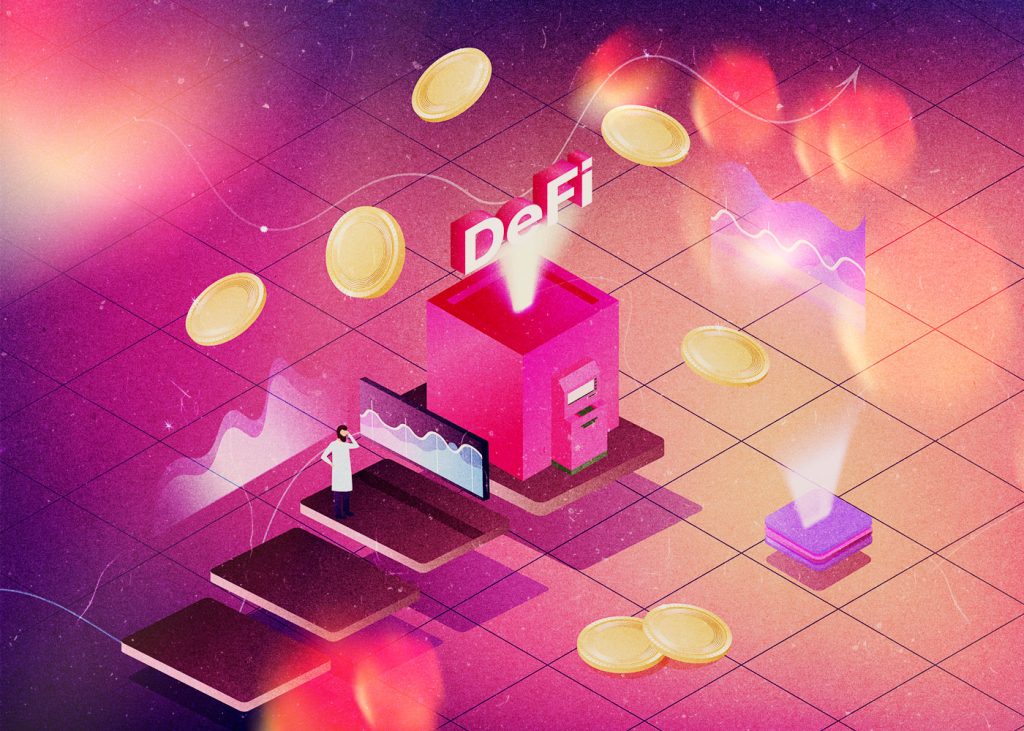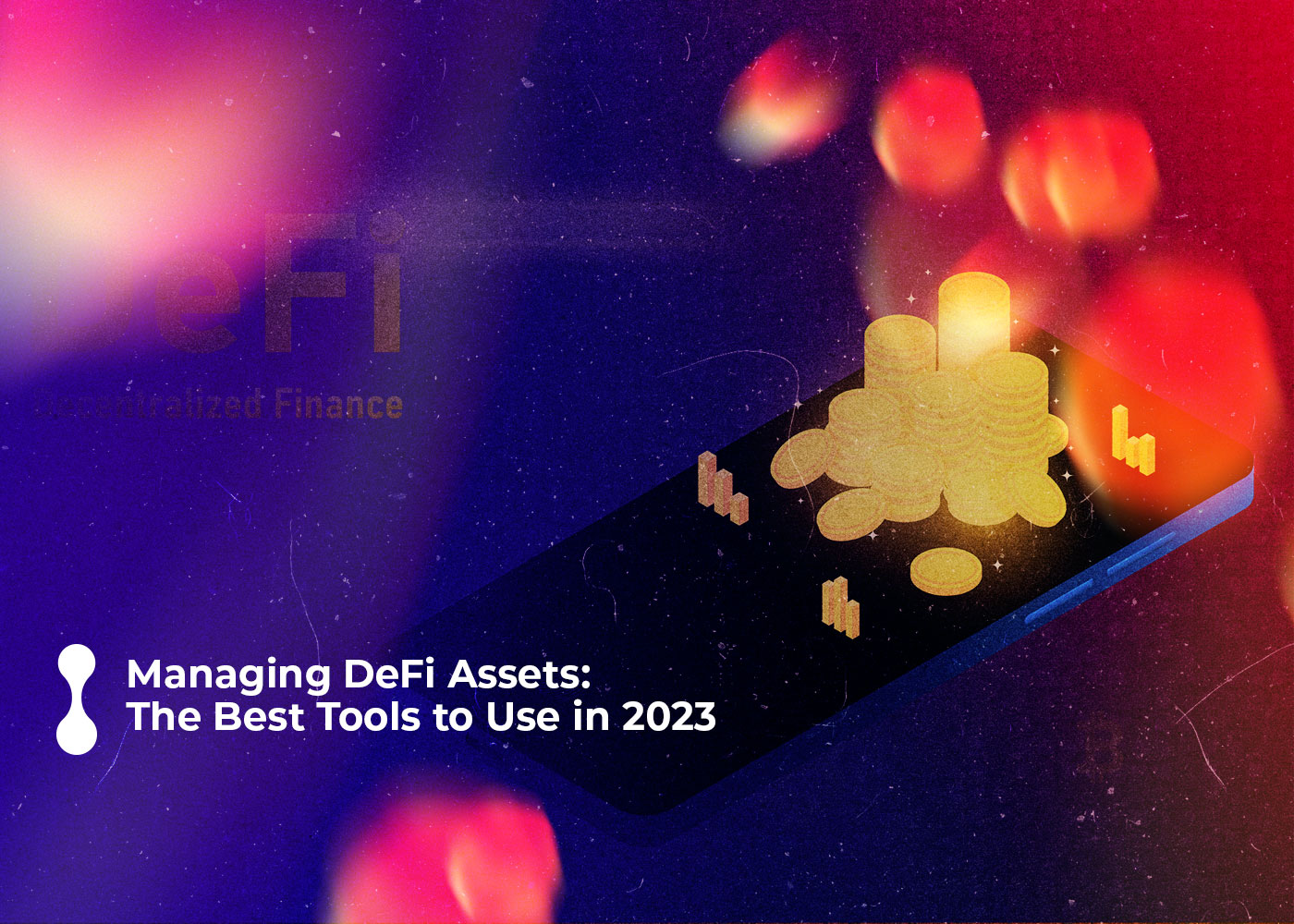Do you know the potential behind DeFi asset management protocols? These open-source blockchain solutions have created a new field within financial services, allowing users to manage their finances without trusting a centralized third party. By utilizing innovative contract technology, DeFi protocols can provide sophisticated investing and borrowing capabilities with none of the risks and costs of traditional asset management solutions. In this blog post, we will explore the benefits of DeFi asset management protocols and why they’re quickly becoming the go-to solution for savvy investors worldwide.

What Is DeFi Asset Management Protocols?
Decentralized finance (DeFi) has emerged as a rapidly growing sector within the blockchain and cryptocurrency space. It ushered in a new era of financial services that were decentralized, transparent, and accessible to anyone with an internet connection. DeFi asset management protocols are essential to this ecosystem as they allow users to manage their digital assets decentralized and autonomously.
A DeFi asset management protocol allows users to lend, borrow, bet, and digital trade assets on a decentralized platform without an intermediary. These protocols are built on blockchain technology and smart contracts to ensure that all transactions are transparent, secure, and immutable. One of the main benefits of DeFi asset management protocols is that they give users more control over their digital assets. Users can decide how to invest their assets, set risk parameters, and receive rewards for participating in the network. It also eliminates the need for centralized intermediaries such as banks, which are often time-consuming and expensive.
Another advantage of DeFi asset management protocols is that they are accessible to anyone with an internet connection. Users can join the network from anywhere worldwide without restrictions on who can use the platform. This makes DeFi asset management protocols particularly attractive to those underserved by traditional financial services.
Some of the most popular DeFi asset management protocols include:
Compound
Compound is a decentralized lending protocol allowing users to borrow digital assets. Users can earn interest by lending their assets to borrowers, and borrowers can access liquidity without traditional Lenders.
Aave
Aave is a decentralized lending and lending protocol that allows users to earn interest by lending digital assets to borrowers. We also provide a unique function called “flash loan” that will enable you to borrow funds without collateral for a short period.
Yearn Finance
Yearn Finance is a decentralized yield aggregator that automatically allowing users to invest their assets in the highest-yielding protocol. It offers a variety of investment strategies and risk levels, allowing users to customize their portfolios to their unique needs.
Uniswap
Uniswap is a decentralized exchange allowing users to trade digital assets without a central intermediary. It uses an automated market maker (AMM) model to provide liquidity, allowing users to trade assets in a decentralized and permissionless manner.
To Summarize
As we have seen, DeFi asset management protocols are changing how individuals store and manage their funds safely and securely. It presents users with new ways to make money and gives them more control over their finances. With pioneering development in DLT technology, more innovative technologies are on the rise–allowing us to place trust in cyber assets like never before. DeFi asset management protocols will continue to transform how we manage our assets in the coming years. Regulation and infrastructure need to be adapted or created to match this rapid pace of change. As always, it is up to everyone, including individual investors, financial institutions, and governments, to stay ahead of the curve and capitalize on all the beneficial opportunities afforded by technological advancements.
